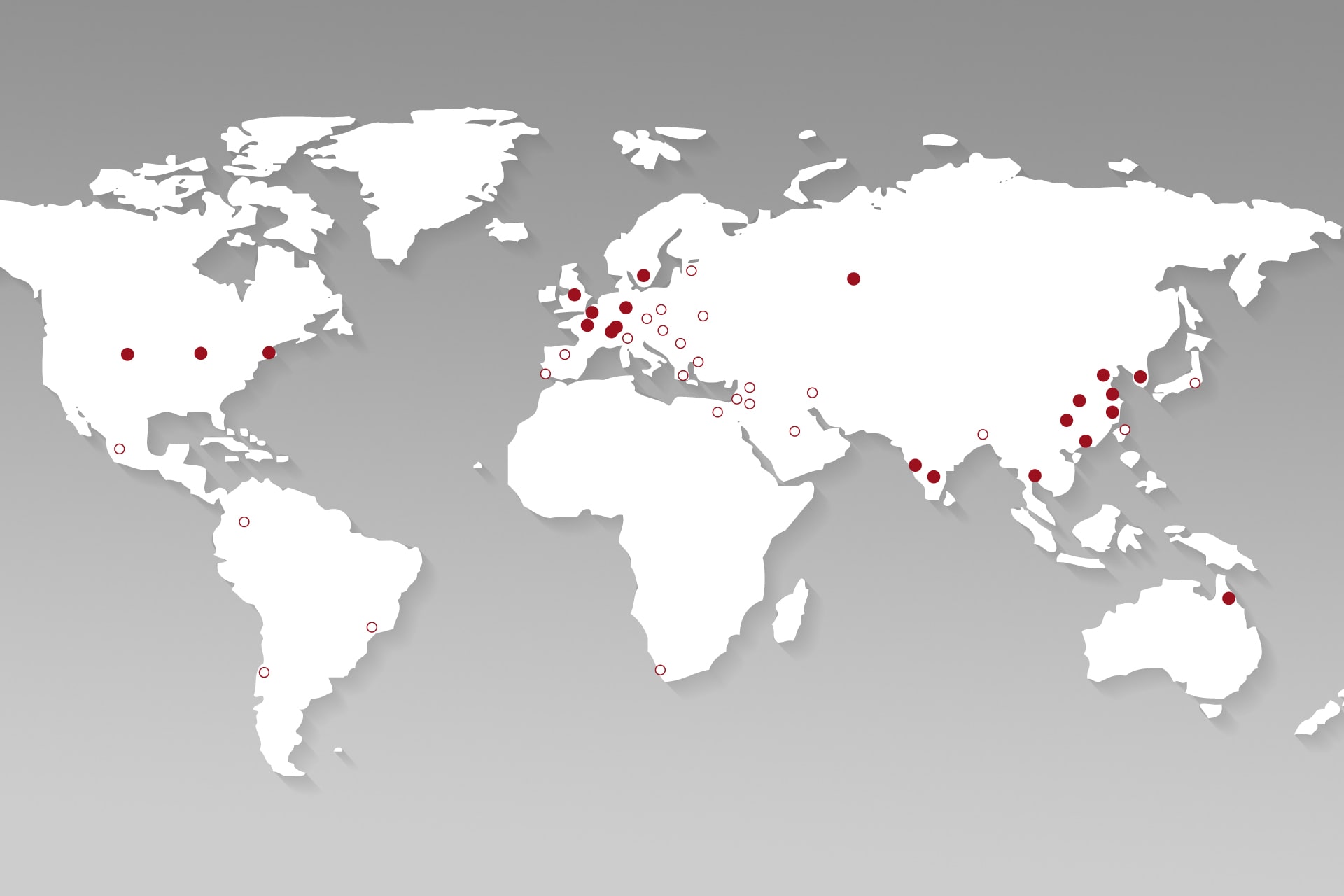Innovative and reliable measurement systems based on high-performance computer technology
The history of the first laser diffraction systems is indicative of the importance of microprocessors in computer-based operation and evaluation. Although the physical foundations for laser diffraction were already established at the beginning of the 19th century by Joseph von Fraunhofer, it still took over 150 years before the first commercial particle size analysis systems based on Fraunhofer laser diffraction were available. The reason for this is as simple as it is compelling: without technology capable of performing thousands of basic operations every second, it was neither possible to detect the diffraction light intensities nor to perform the complex calculation steps required to translate the diffraction information into a particle size distribution. With the advent of industrial measuring computers that became available in the form of personal computers in the early 1970s, laser diffraction finally made a breakthrough and established itself as the dominant measurement method for particle size analysis – a position it still occupies today.
Even now, the computer technology with its processor and data transmission performance still sets the pace in certain areas. For example, image processing technologies pose the highest demands in terms of high-performance data processing. In dynamic image analysis, in some cases several tens of thousands of particles are captured every second with high-performance cameras and characterised, particle by particle, in terms of their shape and size, before then being evaluated on the basis of certain distribution characteristics. With CoaXPress® communication and data rates of up to 25 gigabits per second, image rates of up to 500 frames per second and resolutions of more than 4 megapixels can now be reliably managed. Efficient multi-core processors evaluate this volume of data almost in real-time and help to process the measurement data into meaningful results.
The central control and evaluation platform for all Sympatec systems is our application software PAQXOS. It is a user-friendly command centre for the operator and provides control for everything from sampling, dosing and dispersion right up to data acquisition by the sensor. For this purpose, many different evaluation options with high-performance algorithms and informative graphical display options are available for further processing of the raw data. Extensive utility programs further simplify the configuration and operation of distributed Sympatec systems and database servers, which are connected via a company network.
So that the analysis results are not only available as on-screen outputs or as measurement reports in electronic form or on paper in the laboratory, but instead also as control variables for the process control, our computer systems are equipped with all standard interfaces for process control systems. These include programmable logic controllers (PLC), converter boards for various communication protocols (e.g. Modbus®, Profibus®, OPC (Open Platform Communication)) or the TCP/IP interface of the measurement computer. For use in the process environment, both ATEX versions and GMP-compliant cabinet systems are available for housing the computers.
The professional desktop and workstation computer systems supplied by us (Fujitsu™ and Hewlett-Packard™ as delivery standard) form a fine-tuned and long-term reliable overall system together with our sensors, dispersing systems, sample couplers and the complementing peripherals. The overall system performance is subject to our extensive quality concept, which not only thoroughly puts the individual components through their paces, but also ensures seamless interplay between all units prior to delivery. This is why the measurement computer and its peripheral I/O systems are included in the acceptance test of every particle analysis system.
The specifications for a measurement computer depend on the selected measurement method and the relevant system configuration. You will receive our recommendations for the computer specification as part of a specific offer. Please contact our Sales team for more information. Enquiries about computer replacements or upgrades can be sent directly to our Aftersales Service.














